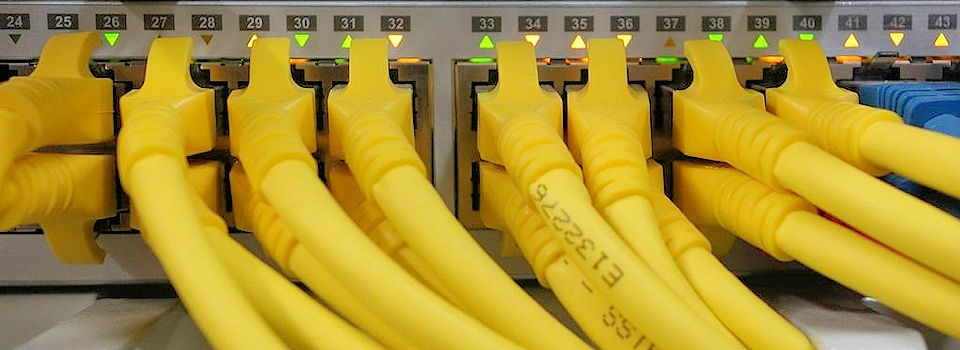
As part of our ongoing commitment to the services we provide to our “cloud hosted” customers, we’ll shortly be upgrading our client servers to support HTTP/2.
HTTP/2 is the first major new version of the HyperText Transfer Protocol (HTTP) for two decades. It will eventually replace the previous HTTP/1.1 protocol which was standardized way back in 1997.
The primary goal of HTTP/2 is to overcome many of the shortcomings of the twenty-year old HTTP/1.1 protocol, particularly in relation to how content is delivered over the internet.
HTTP/2 focuses on optimizing the communication and flow of content between web servers and web browsers. When a user connects to a web site, their browser negotiates an HTTP session with the server. The type of session created will vary depending on the features supported by the browser and the server. If both ends support the latest HTTP/2 protocol, the server uses the HTTP/2 protocol to shape and optimize traffic before it passes through the network back to the browser.
Once the browser and server agree to use HTTP/2, they can utilize additional features such as compression and multiplexing to optimize the connection. If either the web server or the user’s web browser doesn’t support HTTP/2, the connection will fall back to the HTTP/1.1 protocol.
Benefits of HTTP/2
One of the main improvements over HTTP/1.1 is that HTTP/2 uses simultaneous connections (or multiplexing). Previously only one resource can be fetched from the server at a time. However with HTTP/2 multiple resources can be fetched over a single connection concurrently.
Another benefit is header optimization. Every request over HTTP contains header information. With HTTP/1.1, many of these headers are repeated over a single session. HTTP/2 removes redundant headers while compressing the remaining headers, leading to performance improvements.
Benefits to cloud-hosted MIDAS users
In terms of MIDAS, the benefit of our client servers supporting HTTP/2 is that users will see notable improvements in page load speed and responsiveness when using MIDAS.
In our pre-testing, we saw page load times via HTTP/2 improve by some 20% over the same pages loaded via HTTP/1.1
When will the upgrade happen?
We’ll be upgrading our client servers to support HTTP/2 over the coming weekend (15/16th July 2017). Other than a quick server restart, no additional downtime is expected. For more information, check our dedicated Service Status site (which already supports HTTP/2!), and follow us on Twitter for updates.
Will I need to do anything?
No action is required on your part!
If you’re running a modern operating system and web browser, you won’t need to do anything. Your browser will already support HTTP/2, and you’ll still access MIDAS in exactly the same way. Once our servers are HTTP/2 enabled over the weekend, your browser will adjust accordingly.
If you’re not running an HTTP/2 compliant browser/operating system don’t worry, you’ll still be able to connect to your hosted MIDAS system over HTTP/1.1 as before. For an improved MIDAS experience though, you may like to consider upgrading your operating system & browser to one that supports HTTP/2.


 Current versions of Edge, Chrome, and Firefox browsers fully support HTTP/2.
Current versions of Edge, Chrome, and Firefox browsers fully support HTTP/2. Current versions of Safari support HTTP/2 on OSX 10.11+
Current versions of Safari support HTTP/2 on OSX 10.11+ Internet Explorer 11+ supports HTTP/2 on Windows 10 only
Internet Explorer 11+ supports HTTP/2 on Windows 10 only
UPDATE: Our network is now fully HTTP/2 enabled, and we’re seeing some great performance improvements too!


 Current versions of Edge, Chrome, and Firefox browsers fully support HTTP/2.
Current versions of Edge, Chrome, and Firefox browsers fully support HTTP/2. Current versions of Safari support HTTP/2 on OSX 10.11+
Current versions of Safari support HTTP/2 on OSX 10.11+ Internet Explorer 11+ supports HTTP/2 on Windows 10 only
Internet Explorer 11+ supports HTTP/2 on Windows 10 only